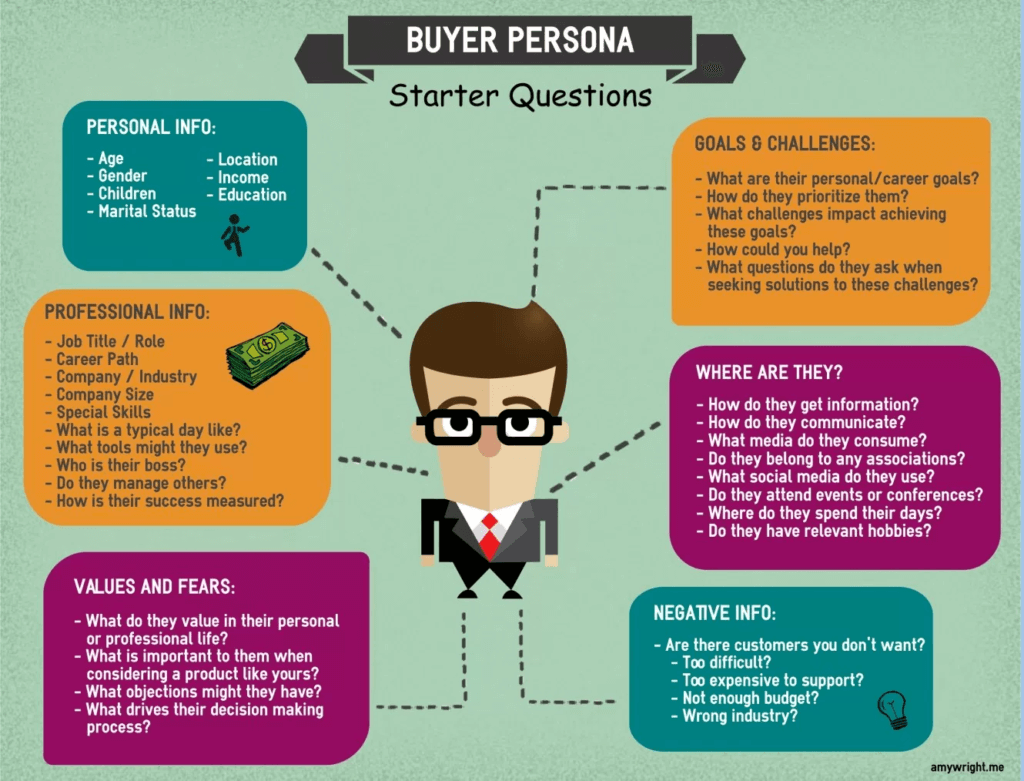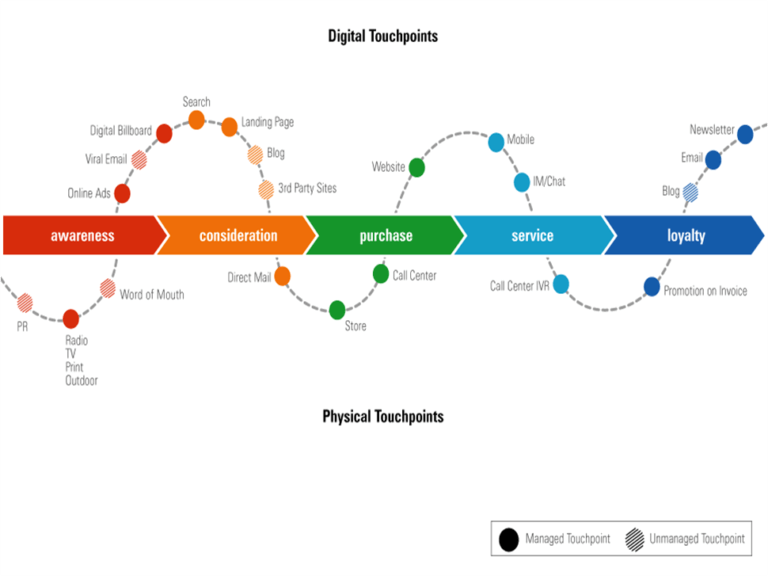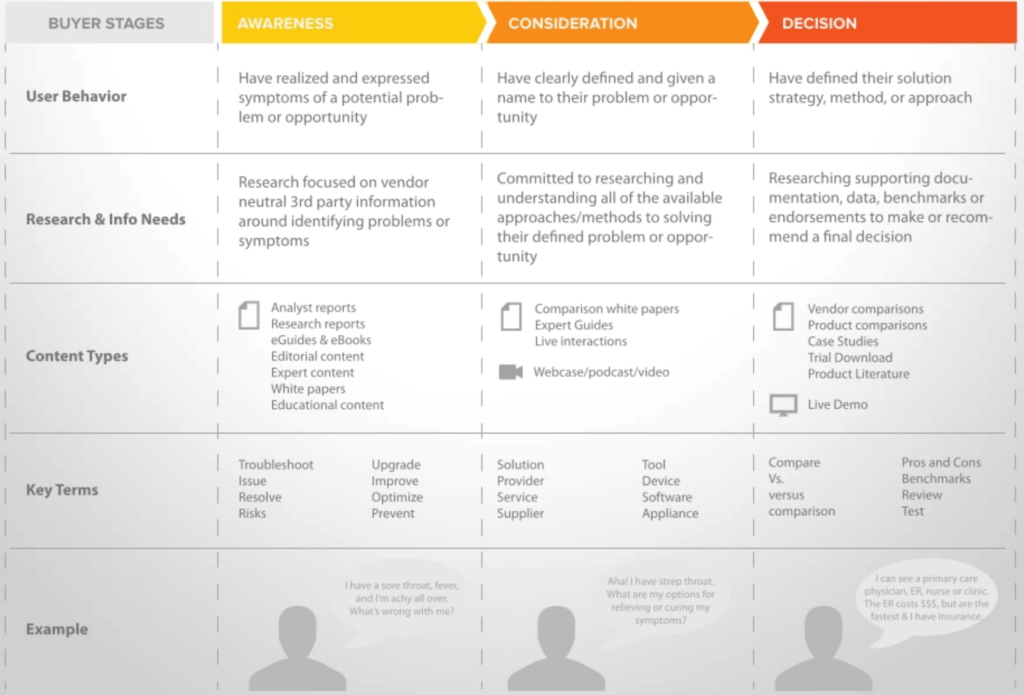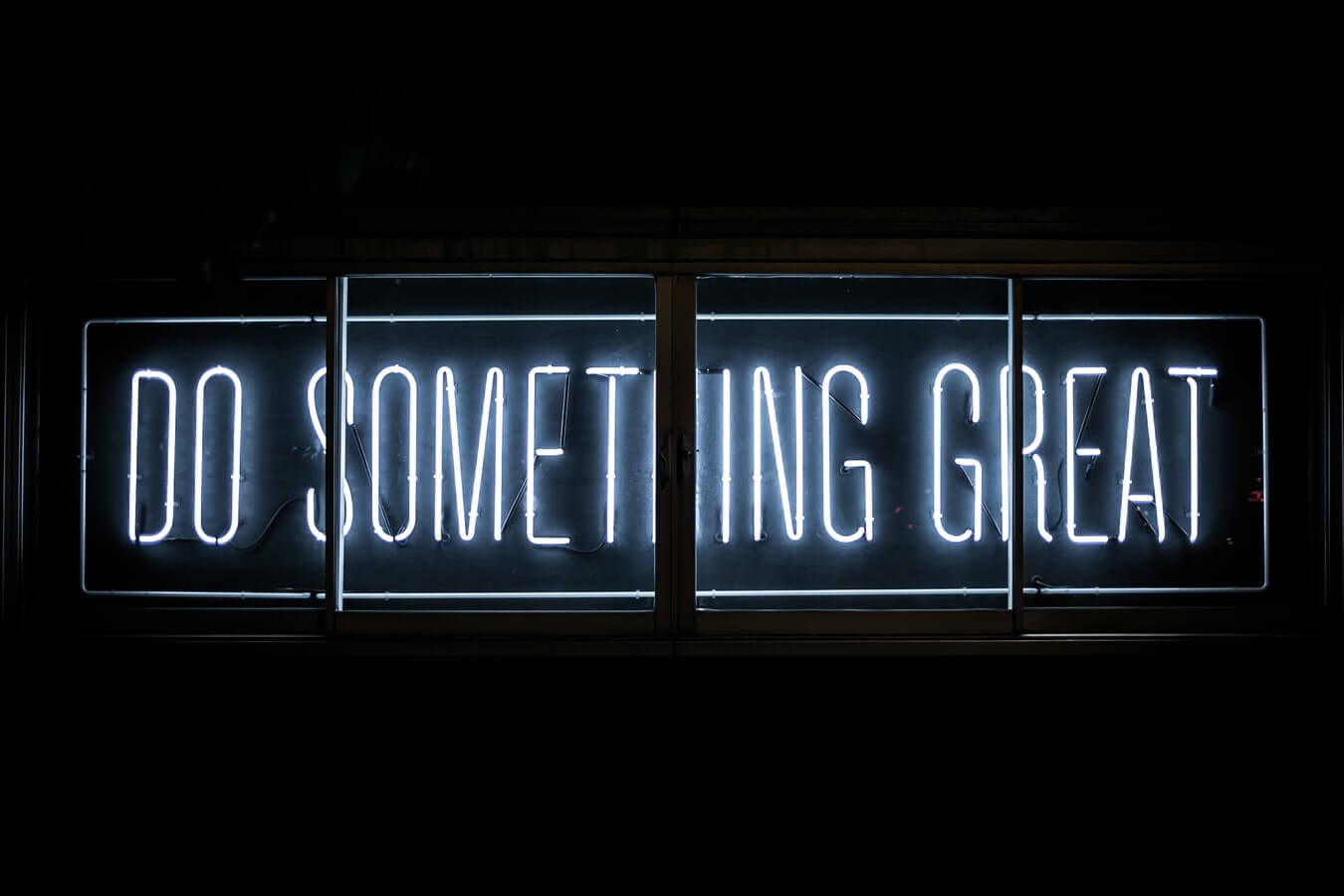There’s no doubt that content creation is an effective long-term strategy for generating high-quality leads, building trust with an audience, converting prospects into buyers, and cultivating loyalty with existing customers.
However, your content marketing strategy is only as good as how appealing and relevant the content is to your ideal customers. After all, if they don’t consume your materials, it’s not going to do much for your marketing.
There are many moving parts when it comes to identifying the best topics, and everything needs to be dialed in to optimize your results.
Thankfully, you can get everyone in your team rolling in the same direction and generate compelling content by compiling all the pertinent information about your audience into one handy document: a content map.
Your content map gives you the information your team needs to deliver the right assets to the right people at the right time in the right place – which is the key to success for any marketing strategy.
The document also allows you to organize and optimize your existing resources while giving you a bird’s eye view of what you need to do to fill the gaps.
Here’s how to create a content map and make it work for you:
How To Create a Content Map
A content map takes into account your ideal customers’ interactions with your brand over time as they progress further down the sales funnel and become more engaged with your brand.
Here are the essential components of a content map and how you can put them together to support your production and promotion efforts:
1. Buyer Personas
The foundation of a successful marketing strategy is built on a clear understanding of the target audience. Creating buyer personas is the first step to help you do that.
Besides demographic information such as age, gender, location, income, etc., you also need to understand the psychographics of your audiences, such as their values and fears.
The buyer personas should explore how the audience’s challenges or desires are related to your products or services, e.g., how they think, feel, and act when they are faced with the problems you help them solve.
You also need an understanding of their potential reservations or objections about your product category so you can address them in your materials.
In addition, pay attention to where they get their information at different stages of their decision-making process. E.g., they may use an online search for initial research but seek reviews from influencers when they’re ready to make a purchasing decision.

2. Customer Journey
Your audience goes through various stages as they progress from searching for a solution to engaging with your brand and making a purchase.
You need specific content to address their needs and concerns at each stage so you can guide them down the purchasing path.
When you know how your customers make decisions, you’ll be able to deliver the right content at the right time to move them down the sales funnel.
It’s also important to match your resources to your intent. If a prospect isn’t ready to buy, going on and on about your products will just annoy them. On the other hand, demo videos or testimonials are very powerful when your audience is in the decision-making stage.
You can also incorporate the various customer touch points from which your audience gets their information at each stage into your customer journey.
Even though different businesses may have slightly different customer lifecycle stages, the basic components are mostly the same:
- Awareness stage: the audience is researching a topic or a solution to their problems.
- Consideration stage: the audience has defined their challenges and looking for options to solve the problem.
- Decision stage: the audience has identified the solution and seeking to purchase a product or service.

3. Content Map
With the buyer personas and customer journey in place, you can now create a content map to inform what kind of content to produce, when to get the information in front of the audience, and through what channel to distribute the content.

Your content map should address the following:
- User behaviors at each stage of the customer journey, taking into account what they think, how they feel, and what they do.
- What the audience needs to know in order to progress to the next stage of the customer journey. E.g., educational information during the awareness stage to define their challenges or a demo video at the decision stage to determine if your product is the right solution.
- The distribution channel is in alignment with how your audience gets their information at each stage. E.g., social media during the awareness stage and website content at the decision stage.
- The type or format of your resources to suit the distribution channel, the audience’s preferences, and the nature of this material. E.g., if you want to show your product in action, a video would work a lot better than text.
- Keywords or phrases you aim to rank for. This is particularly important for content targeting the awareness stage because most people would likely discover your resources through search.
- The themes and topics that’ll be appealing to each persona at each stage of the buyer’s journey.
Use the Content Map To Revamp Your Content Marketing
For most businesses that have been producing content for a while, the content map is a great starting point to revamp your content marketing effort.
Instead of starting from scratch, audit your existing assets based on the structure of your content map and organize them by topic, type, customer lifecycle stages, and persona.
You can then optimize the existing materials based on the information on your content map, e.g., adding keywords, updating meta-data, appropriating resources in different formats, or adding distribution channels.
You’ll also be able to identify content gaps so you can add assets to round out your content strategy.
Last but not least, don’t forget to use the content map to help inform your editorial calendar so you can effectively manage content creation.
 Editor’s Note: This post is by nDash community member Ling Wong, a digital marketer with a focus on SaaS B2B. To learn more about Ling, or to have her write for your brand, check out her nDash profile page.
Editor’s Note: This post is by nDash community member Ling Wong, a digital marketer with a focus on SaaS B2B. To learn more about Ling, or to have her write for your brand, check out her nDash profile page.
